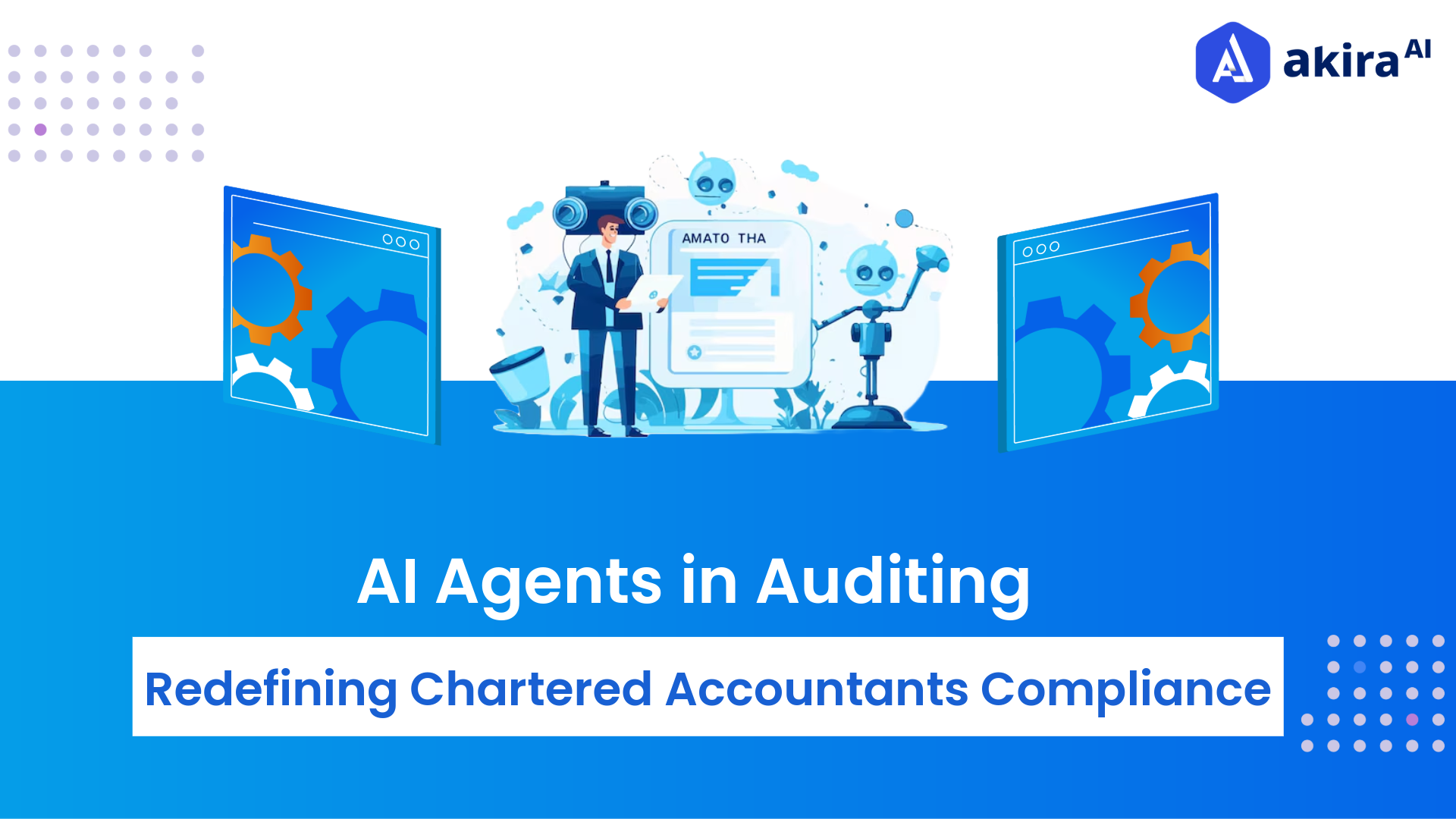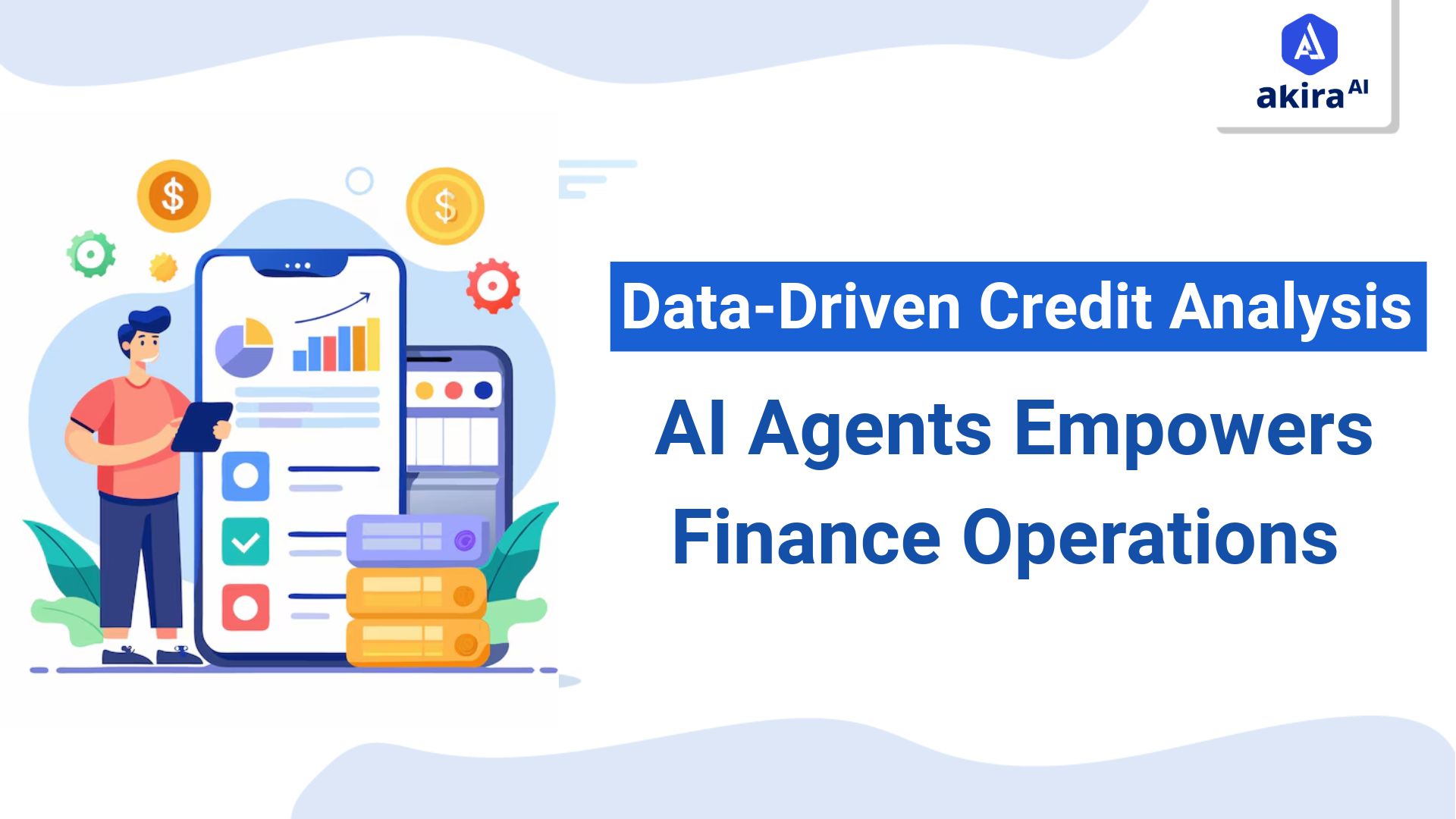Fraud prevention is an important process of safeguarding businesses and customers from their money and identity being stolen and from being harassed by fraudulent individuals and companies. Due to advanced technological development especially in the areas of artificial intelligence, this has turned out to be a different case. In this blog, the following aspects of the methods and use cases of AI Agents in fraud detection will be discussed: a comparison of AI methods to traditional detection approaches, an analysis of how using AI agents to detect fraud works in practice, and an examination of organizational benefits of AI agents in this application now and in the future.
What is Fraud Detection?
All the processes and techniques that are put into action to pinpoint and prevent fraud come under fraud detection. These methods focus on detecting unusual patterns, transactions, or behaviors that may indicate fraud. Extremely evolved systems of fraud prevention are applied in all finance, and agentic AI in fraud detection telecommunications, e-commerce, and insurance industries. Agentic AI plays a vital role in fraud detection, enabling the identification of sophisticated fraud patterns and adapting to new threats. Robust fraud prevention strengthens the prevention of either financial or other frauds and thereby protects businesses while keeping the consumers' trust and confidence intact.
A Brief Overview of AI Agents in Fraud Detection
Fraud detection is a critical component of the finance industry, as it ensures the security of transactions and the protection of sensitive customer information. Traditional methods often rely on static rules, making them vulnerable to the sophisticated tactics employed by modern fraudsters. As financial transactions grow more complex, there is an increasing need for adaptive and responsive solutions that can effectively combat evolving threats. Agentic AI in supply chain management enhances fraud detection by analyzing real-time data to identify anomalies and ensure the integrity of transactions throughout the network.
AI agents are revolutionizing fraud detection by utilizing machine learning and advanced data analysis. Unlike conventional systems, which depend on fixed algorithms, AI agents learn from historical data and adjust to new patterns of fraud in real-time. This capability allows them to analyze vast amounts of transaction data to identify anomalies—such as unusual spending behaviors—improving detection accuracy and reducing false positives. By enabling swift responses to potential threats, AI not only protects financial institutions from significant losses but also fosters customer trust, ensuring clients feel secure with their financial data.
Traditional vs. Agentic AI Fraud Detection
|
Aspect |
Traditional Fraud Detection |
Agentic AI-Based Fraud Detection |
|
Detection Method |
Rule-based, human-assisted |
Autonomous, machine learning-driven, continuous learning |
|
Response Time |
Often delayed |
Real-time response |
|
Scalability |
Limited, requires extensive resources |
Highly scalable, suitable for high-volume transactions |
|
Accuracy |
Limited by rule rigidity, prone to false positives |
Adaptive, highly accurate with reduced false positives |
|
Cost Efficiency |
High operational costs due to manual review |
Lower costs through automated and efficient processes |
|
Adaptability to New Threats |
Requires manual rule updates |
Self-learning adapts quickly to emerging fraud patterns |
|
Integration with Modern Tech |
Limited integration capabilities |
Integrates easily with various data and cloud-based services |
Akira AI: Multi-Agent in Action
 Fig1: Architecture Diagram of Autonomous Fraud Analyst
Fig1: Architecture Diagram of Autonomous Fraud Analyst
-
Manual Uploads: The process begins with the user manually uploading documents or files (such as internal records or transaction data) that need to be checked for fraud.
-
OCR (Optical Character Recognition) for Information Extraction: The uploaded documents undergo OCR-enabled IDP (Intelligent Document Processing) to extract relevant data from the document for further analysis.
-
Forgery Detection & Verification: The system uses Forgery Detection Agent powered by AI tools and machine learning models to identify potential fraudulent activities in images or videos. The Verification Agent checks the authenticity of the data through APIs, ensuring it meets compliance criteria like KYC (Know Your Customer) and KYB (Know Your Business).
-
Risk Assessment by Domain Expert: The Domain Expert Agent evaluates the extracted data and performs a risk assessment to classify the risk level (high, low, or moderate).
-
Fraud Evaluation Report: Based on the findings from the risk assessment, a comprehensive Fraud Evaluation Report is generated, which includes a detailed analysis of the risk percentage and next-step recommendations.
-
Final Fraud Report Compilation: The process concludes with the Reporting Agent compiling the final fraud report, which provides insights into the identified fraud risks and actionable recommendations. This report is ready for review or further processing.
Use Cases of AI Agents in Fraud Detection
-
Real-Time Transaction Monitoring: Advanced systems enable continuous monitoring of financial transactions, flagging or halting suspicious activities instantly before they can be completed. By processing each transaction as it happens, potential fraudulent actions are swiftly identified, minimizing the risk of financial loss.
-
Anomaly Detection: Sophisticated models recognize deviations from typical transaction patterns, signaling unusual behaviors like account takeovers or identity theft. This proactive identification helps mitigate fraud by catching abnormal activities early, even in the absence of overt signs of fraud.
-
Risk Scoring: Each transaction is assigned a risk score based on a dynamic analysis of factors such as transaction history, user behavior, and context. This score helps in assessing the likelihood of fraud and prioritizing transactions for further investigation, allowing for smarter resource allocation.
-
Anti-Money Laundering (AML) Compliance: AI-driven systems detect complex patterns associated with money laundering, such as layering or structuring of transactions. These tools ensure compliance with regulatory frameworks, preventing financial institutions from becoming unwitting accomplices to illicit activities.
-
Proactive Threat Prediction: Leveraging predictive analytics, fraud detection tools can foresee potential fraud based on historical data and trends. By recognizing emerging threats early, these systems enable businesses to take preventive measures, reducing the impact of fraud before it happens.
Operational Benefits of AI Agents in Fraud Detection
-
Enhanced Detection Rates: By 2025, AI agents are projected to autonomously handle up to 80% of fraud detection activities. This transformation stems from advanced machine learning algorithms capable of analyzing vast datasets to identify anomalies and patterns indicative of fraudulent behavior.
-
Increased Productivity: Automated fraud detection processes reduce the need for manual involvement by up to 30%, allowing employees to focus on high-value tasks such as strategic planning and customer service. With AI agents performing repetitive monitoring and analysis, teams can redirect their efforts to areas requiring human intuition and expertise, enhancing overall organizational productivity.
-
Improved Efficiency: AI-driven systems significantly reduce response times, enabling quicker identification and resolution of fraud incidents—up to 25% faster than traditional methods. This agility is crucial in minimizing the impact of fraud, as rapid detection can prevent further exploitation and financial loss while also maintaining customer trust.
-
Lowered Operational Costs: By automating fraud detection processes and reducing false positives, organizations can substantially decrease operational expenses. The reduced need for manual reviews, combined with fewer errors in identifying fraud, streamlines workflows and optimizes resource utilization, resulting in cost savings for financial services providers.
-
Increased Customer Satisfaction: The reduction in false positives ensures that legitimate customers experience smoother, uninterrupted transactions. This improvement directly enhances customer satisfaction by minimizing unnecessary service disruptions, fostering trust, and creating a seamless user experience. Efficient fraud detection thus benefits both businesses and their clientele, building stronger customer relationships.
Technologies Transforming Fraud Detection
-
Machine Learning: Continuous learning algorithms improve the accuracy of fraud detection models over time, allowing them to adapt to changing patterns of fraud.
-
Natural Language Processing (NLP): NLP enables AI agents to analyze unstructured data, such as customer interactions and social media content, to identify potential fraud indicators.
-
Big Data Analytics: The ability to process large datasets in real-time is crucial for detecting complex fraud patterns that may not be apparent in smaller datasets.
-
Cloud Computing: With cloud solutions, highly scalable and flexible fraud detection can be engineered to be easily responsive to any business change.
-
Blockchain Technology: Blockchain might be able to detect fraud further as it can record transactions in a transparent and immutable fashion.
The Future Trends of AI Agents in Fraud Detection
-
Enhanced Technological Integration: Integrating blockchain and biometric authentication is set to enhance security and transparency in fraud detection systems. This multi-layered defence mechanism will reduce vulnerabilities and bolster trust in transactions by combining technologies that ensure data integrity and secure access.
-
Proactive Fraud Prevention: Predictive tools and analytics will enable organizations to detect fraud before it occurs by analyzing historical data and identifying patterns. This anticipatory approach empowers businesses to implement safeguards in high-risk areas, minimizing losses and enhancing operational resilience.
-
Personalized Detection Strategies: Future systems will focus on tailoring fraud detection to individual behaviours and preferences, improving accuracy and efficiency. This customization ensures legitimate users experience fewer disruptions while fraudulent activities are identified more effectively.
-
Emphasis on Ethics and Transparency: As systems become more sophisticated, addressing concerns about data privacy and bias will become critical. Transparent and accountable processes will help maintain fairness, ensuring ethical considerations remain central in combating fraud.
-
Collaborative Fraud Detection Networks: The emergence of collaborative networks will allow organizations to share insights and data on fraud patterns. This collective effort will enhance the detection and prevention of fraud on a global scale, presenting a unified front against evolving threats.
Conclusion: AI Agents for Fraud Detection
The challenge of keeping pace with evolving fraud tactics is more critical than ever. In a world where fraudulent schemes are becoming increasingly sophisticated, AI agents stand out as a powerful ally for organizations seeking to protect their assets and build lasting trust with customers. By integrating advanced AI technologies, businesses can enhance their ability to detect fraud and respond to threats in real-time in the logistics industry, improving efficiency by optimizing routing, automating warehousing processes, and benefits of AI in logistics application of ai in the logistics role of AI in logistics predicting demand, and enhancing supply chain visibility, ultimately leading to faster deliveries and cost savings.
As we progress, the partnership between AI and human expertise will be essential for effective fraud prevention. This collaborative approach not only fortifies defences but also cultivates a proactive risk management strategy, ensuring a secure financial environment for all stakeholders.


